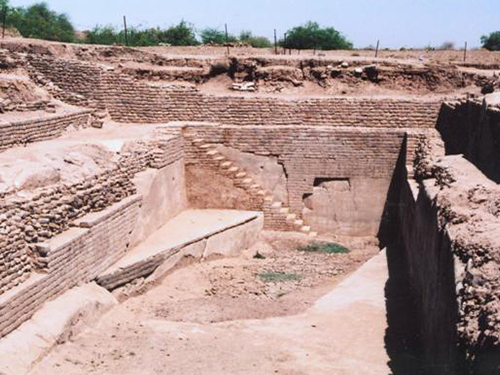White Rann Resort - The Official Operator For Rann Utsav
Query Form HELPLINE NUMBER +91 8469 335 050
+91 8469 355 050

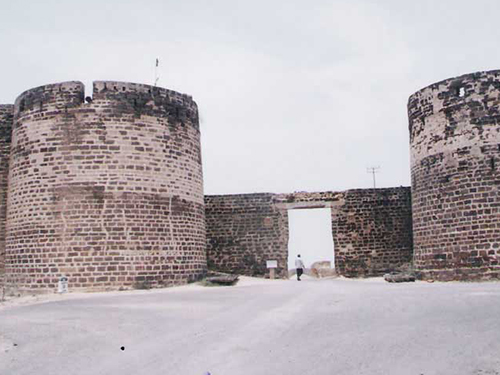
Lakhpat Fort
Lakhpat has religious significance for three of India's most populous religions: Guru Nanak, the founder of Sikhism, reportedly camped here on his journey to Mecca. The site later became a gurudwara, which holds some of Nanak's possessions; Pir Ghaus Muhammed, a Sufi mystic who from the age of twelve devoted himself to spiritual practice and reportedly practiced half as a Hindu and half as a Muslim, is buried here in Lakhpat. His tomb is a stone construction with very complex carvings and a water tank that is said to have healing properties for skin problems; Sayyed Pir Shah's nine-domed mausoleum has intricate carvings, doors, windows and jaalis.
Now, the Border Security Force outposts keep a diligent vigil over the area as there a few kilometers away is the international border of India with Pakistan from where smugglers and insurgents try to sneak into India every now and then. It is a delight to see the Chinkara and the Nilgai. One has to be very lucky to spot the caracal or the civet. The sight of peacocks and the call of the partridges follow one right up to the fort of Lakhpat
In Lakhpat Fort Town, there is a gurudwara that attracts the tourists. The name of Gurudwara is the Lakhpat Gurudwara Sahib, religious place for the Sikhs. Even today, Guru Nanak's footwear and the palkhi are worshiped by the Udasi Sect. The Gurudwara is declared a protected monument by the Archeological Department and has won the UNESCO award for restoration after the Bhuj earthquake. The Hindi film, J.P Dutta's Refugee is shot on location in the Great Rann of Kutch and other locations in the Kutch district of Gujarat.
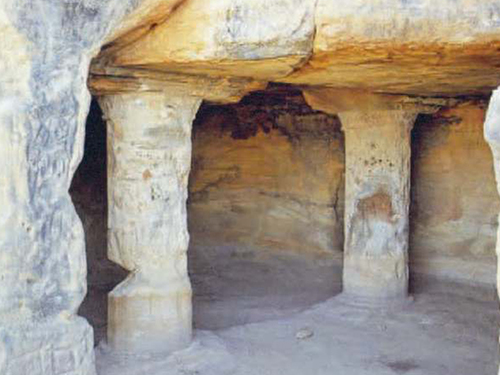
Siyot Caves
Dated around the first century AD, Siyot Caves have an east facing sanctum and an ambulatory. Siyot must have been on of the 80 monastic sites that the 7th century Chinese travellers reported at the mouth of Indus River. These caves have their origin to the first century AD. It is also worth knowing that the caves have Sanctum and an ambulatory which are east facing. Really, this place presents a picture of traditional culture and illustrious history. The traces describe that Siyot Caves at the mouth of the Indus River, were one of the 80 monastic sites for Chinese Pilgrims.
The inscriptions and architectures of the ancient times attract people for visiting these caves. Sculptures of this place are centre of attraction for the tourists. The cave’s artistic carvings are included in the uncommon things which have been traced across the nation. As a result, this place has turned out as a very unique, soulful and interesting place for visiting. If we talk about its archaeological aspect, it leaves a beautiful picture in mind. This place also had a very strong Buddhist link which is clearly revealed by the sanctum and the ambulant.
It is really commendable at Government of Gujarat’s part that it takes proper measures and makes full proof programs to preserve this Buddhist cave
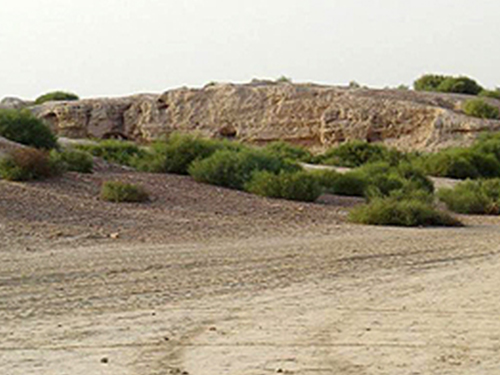
Surkotada
The site at Surkotada is located 160 km north-east of Bhuj, in the district of Kutch, Gujarat. The ancient mound stands surrounded by an undulating rising ground clustered by small sandstone hills. These hills are covered with red laterite soil giving the entire region a reddish brown colour. The vegetation is scarce and consists of cactus, small babul and pilu trees and thorny shrubs. These give green patches to the red environment. The mound was discovered in 1964 by Shri Jagat Pati Joshi of the Archaeological Survey of India. The mound is higher on the western side and lower on the eastern side and has an average height of 5 to 8 m (16-26 ft). In the ancient days, a river 750 m (½ mi) wide flowed past the north-eastern side of the site. This river, which emptied into the Little Rann, might have been an important reason for siting the town here. Now this river is only a small nalla (stream).
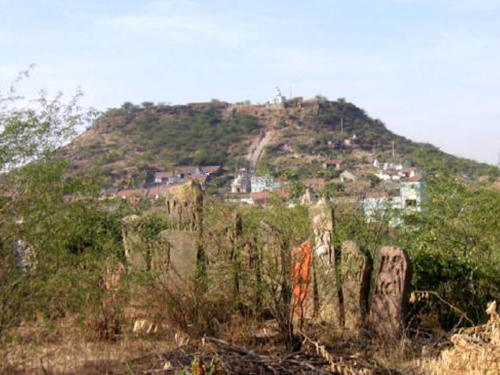
Kanmer
(Bakarkot), a multicultural site, is located in Rapar tehsil of Kachchh district of Gujarat, India. Our controlled excavations have yielded five-stage cultural sequence at the site. Period I (i.e. Kanmer I) was marked by coarse and fine varieties of Red Ware, the latter often painted in bichrome. The characteristic Anarta material of course appears in the upper levels of this brown sandy clay deposit. Kanmer II (or Period II) is characterized by residential structures and a strong fortification associated with the Harappan material similar to the urban phase of Dholavira.
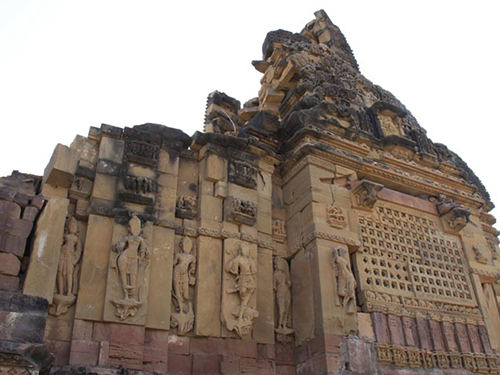
Kera Shiva Temple
Just 22 kms south of Bhuj on the road to Mandra, Kera houses the ruins of a Shiva Temple that dates to the era of the Solanki rulers. Only part of the temple remains, as much was destroyed in the 1819 earthquake, but the inner sanctum is still there, as well as half of the main spire. The Fort of Kapilkot, also in a rather rundown state, is next to the temple.
Shiva Temple, Kera, Kutch, Gujarat: Kera is renowned for its 10th century Shiva Temple. The present day ruins are suggestive of how beautiful the temple must have been centuries ago. Sadly, the temple was damaged in the epoch-making earthquake of 1819AD. Very near to this ruined Shiva temple, is a Muslim shrine of Ghulam Ali Shah. The annual Urs held here attracts devotees from all faiths. Earnest worshippers walking on smoldering coal is the prime attraction of kutch tour.
Kutchrannutsavonline.com A unit of AtoZ Holidays
A-305, Mondeal Heights, Near Wide Angle Cinema, S.G.Highway, Ahmedabad, Gujarat 380015
HELPLINE NUMBER +91 8469 335 050
+91 8469 355 050


